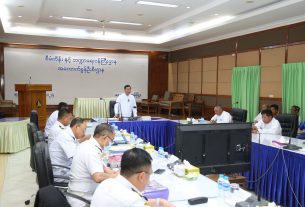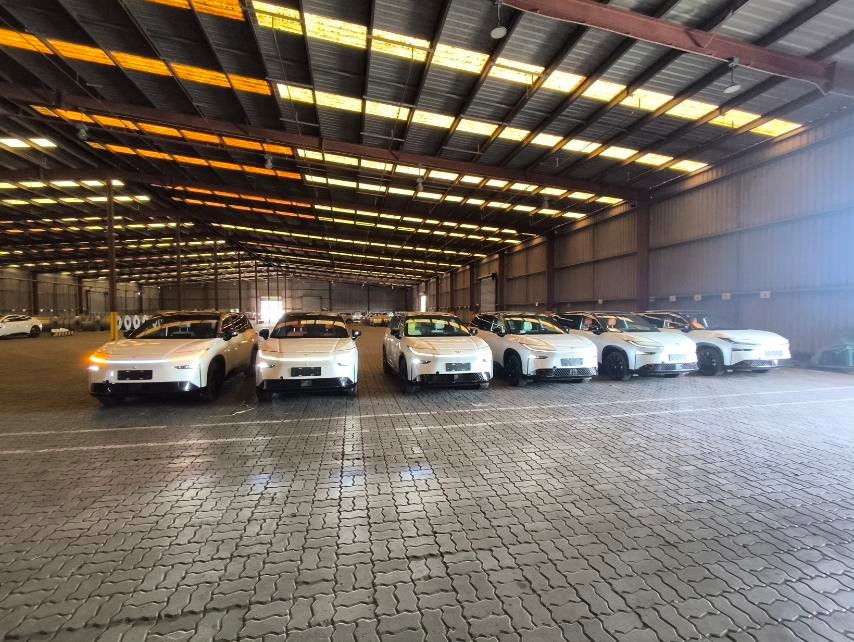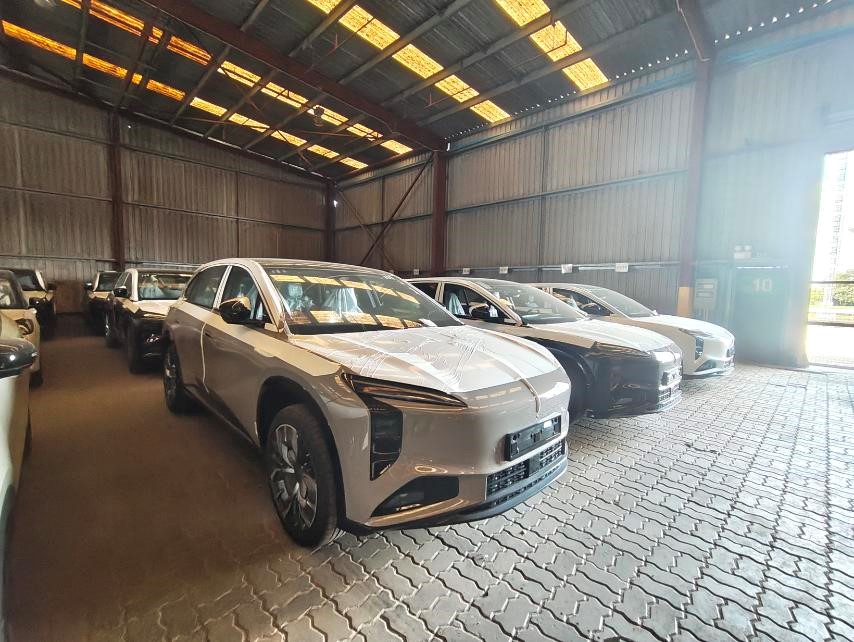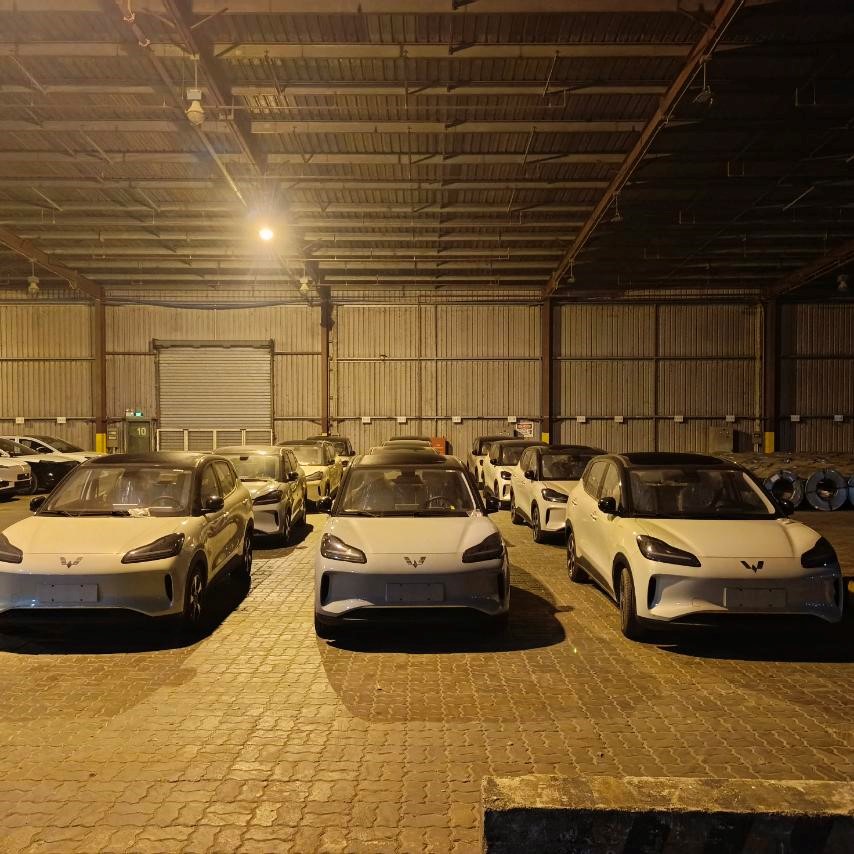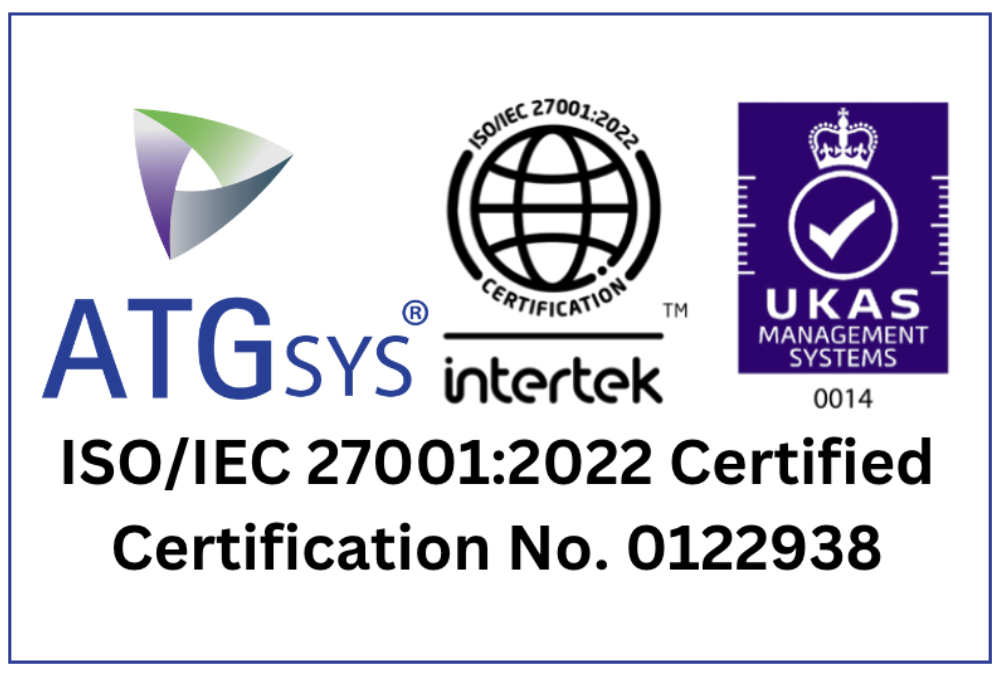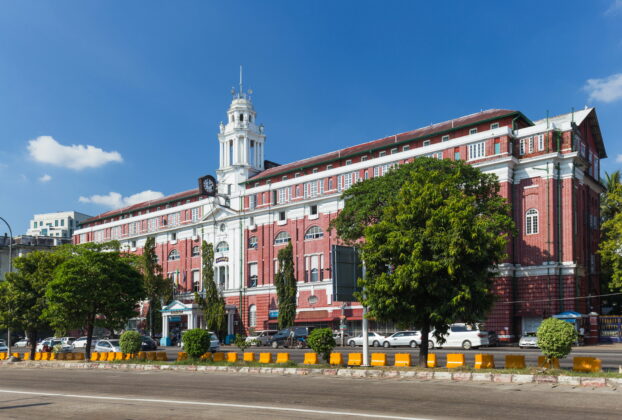
Home
LATEST NEWS
Announcements
အမိန့်ကြော်ငြာစာအမှတ် ၁၀၃/၂၀၂၅ အမြန်စီမံခန့်ခွဲရန် လိုအပ်သော ကုန်ပစ္စည်းများဆိုင်ရာ လုပ်ထုံးလုပ်နည်းများ
Thursday October 24th, 2024
အကောက်ခွန်ဦးစီးဌာန၏ အလုပ်သင်ဒုတိယအကောက်ခွန်မှူးရာထူး (၅၀)နေရာအတွက်အလုပ်လျှောက်လွှာခေါ်ယူခြင်း
Wednesday October 9th, 2024
အကောက်ခွန်ဦးစီးဌာန၏ အကောက်ခွန်မှူးရာထူး (၁၀) နေရာအတွက် အလုပ်လျှောက်လွှာခေါ်ယူခြင်း
Friday September 27th, 2024
| 21/12/2025-27/12/2025 | ||
| USD | 1 | 2100 |
| EUR | 1 | 2448.266 |
| SGD | 1 | 1620.632 |
| GBP | 1 | 2801.506 |
| JPY | 1 | 13.47228 |
| AUD | 1 | 1394.108 |
| BDT | 1 | 17.176 |
| CNY | 1 | 297.206 |
| HKD | 1 | 269.874 |
| INR | 1 | 23.316 |
| KRW | 1 | 1.4282 |
| LAK | 1 | 0.0968 |
| MYR | 1 | 510.552 |
| RUB | 1 | 27.25 |
| THB | 1 | 65.974 |
| VND | 1 | 0.0797 |
| Date | Day | Description |
|---|---|---|
| 01/01/2025 | Wed | International New Year's Day |
| 04/01/2025 | Sat | Independence Day |
| 29/01/2025 | Wed | Chinese New Year |
| 12/02/2025 | Wed | Union Day |
| 02/03/2025 | Sun | Peasants' Day |
| 12/03/2025 | Wed | Tabaung Holidays |
| 13/03/2025 | Thu | Tabaung Holidays |
| 14/03/2025 | Fri | Tabaung Holidays |
| 27/03/2025 | Thu | Armed Forces Day |
| 13/04/2025 | Sun | Thingyan Holidays |
| 14/04/2025 | Mon | Thingyan Holidays |
| 15/04/2025 | Tue | Thingyan Holidays |
| 16/04/2025 | Wed | Thingyan Holidays |
| 17/04/2025 | Thu | Thingyan Holidays |
| 18/04/2025 | Fri | Thingyan Holidays |
| 19/04/2025 | Sat | Thingyan Holidays |
| 20/04/2025 | Sun | Thingyan Holidays |
| 21/04/2025 | Mon | Thingyan Holidays |
| 01/05/2025 | Thu | Labour Day |
| 11/05/2025 | Sun | Full Moon Day of Kasong |
| 09/07/2025 | Wed | Full Moon Day of Waso |
| 19/07/2025 | Sat | Martyrs' Day |
| 05/10/2025 | Sun | Thadaingyut Holiday |
| 06/10/2025 | Mon | Thadaingyut Holiday |
| 07/10/2025 | Tue | Thadaingyut Holiday |
| 03/11/2025 | Mon | Tazaungmone Holiday |
| 04/11/2025 | Tue | Tasaungmone Holidays |
| 14/11/2025 | Fri | National Day |
| 19/12/2025 | Fri | Karen's New Year |
| 25/12/2025 | Thu | Christmas Holiday |
| 26/12/2025 | Fri | Christmas Holiday |



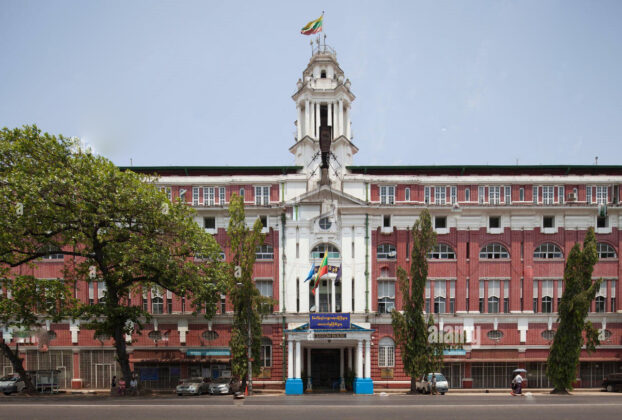
.jpg)
.jpg)
.jpg)
.jpg)

